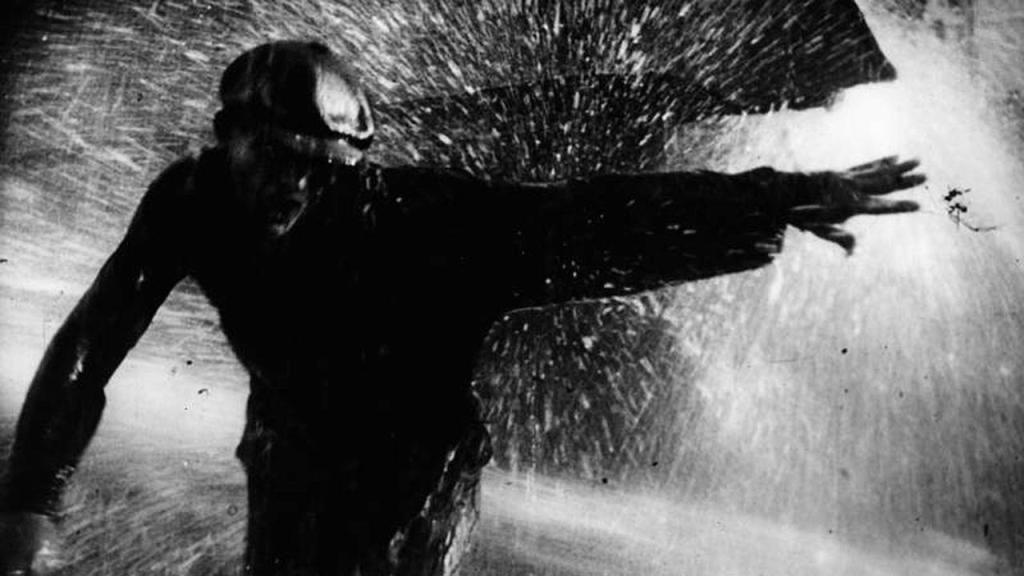Sergei Eisenstein stands as a seminal figure in the world of cinema, most renowned for his groundbreaking work in film editing and his development of the theory of montage. As a key filmmaker of the Soviet Union, Eisenstein harnessed the power of film to advance political ideas while also creating innovative techniques that would reverberate through film history. His filmography includes influential films like Battleship Potemkin and October: Ten Days That Shook the World, renowned for their use of montage to generate meaning and emotional impact.
Born in 1898 in Latvia, then part of the Russian Empire, Eisenstein moved to Petrograd (now Saint Petersburg) as a teenager, and his early experiences of revolution and war profoundly influenced his later work. His initial foray into the world of arts began with architecture and theatre, which would shape his unique approach to film composition. Eisenstein emerged as a film director during the 1920s, and his revolutionary spirit found a natural home in the young Soviet film industry.
Eisenstein’s films are characterised by their political themes and innovative editing techniques. Deeply invested in Soviet propaganda efforts, his work critiques bourgeois values and promotes revolutionary ideals. The use of intellectual montage – the juxtaposition of unrelated shots to provoke intellectual and emotional reactions – became a trademark of his films. This was a stylistic choice and a tool for communicating complex ideological messages, as demonstrated in films such as Strike and Battleship Potemkin.
Alexander Nevsky & Ivan the Terrible
A significant portion of Eisenstein’s filmography comprises historical epics like Alexander Nevsky and the Ivan the Terrible series. In these, he used history as a vehicle for commentary on contemporary political and social issues. His collaboration with composer Sergei Prokofiev, particularly on these films, resulted in some of cinema’s most effective uses of music. This partnership underscored his innovative editing and montage techniques, crafting a synergistic interplay between visual and auditory storytelling.
In terms of visual style, Eisenstein’s work is marked by extensive use of visual symbolism. He believed in the power of film form to guide the audience’s understanding of the narrative and manipulate their emotional response. This formalist approach, focusing on form and technique, combined with his innovative montage theory, gave his films a distinctive, influential aesthetic.
Eisenstein’s pioneering work and theories about montage have had a profound and lasting impact on film theory and practice. His influence has been cited by a host of filmmakers and theorists, both national and international, including the likes of Alfred Hitchcock, Jean-Luc Godard, and Martin Scorsese. Eisenstein’s work continues to be studied and admired for its technical and theoretical innovation, solidifying his place as one of the titans in the annals of cinema history.

Sergei Eisenstein (1898 – 1948)
Calculated Films:
- Battleship Potemkin (1925)
- Strike (1925)
- October (Ten Days That Shook The World) (1927)
- The General Line (1929)
- Que Viva Mexico! (1932)
- Alexander Nevsky (1938)
- Ivan the Terrible, Part I (1944)
- Ivan the Terrible, Part II (1958)
Similar Filmmakers
- Abel Gance
- Aleksandr Dovzhenko
- Aleksandr Medvedkin
- Alfred Hitchcock
- Andrei Tarkovsky
- D. W. Griffith
- Dziga Vertov
- Fritz Lang
- Gillo Pontecorvo
- Grigori Aleksandrov
- Jean Epstein
- Joris Ivens
- Lev Kuleshov
- Mikhail Kalatozov
- Orson Welles
- Sergei Bondarchuk
- Vsevolod Pudovkin
- Walter Ruttmann



Sergei Eisenstein’s Top 10 Films Ranked
1. Ivan The Terrible, Part II (1958)
Genre: Period Drama, Biographical

2. Battleship Potemkin (1925)
Genre: Period Drama, Propaganda Film, War

3. Ivan the Terrible, Part I (1944)
Genre: Biographical, Period Drama

4. Strike (1925)
Genre: Political Drama, Propoganda Film, Period Drama

5. October (Ten Days That Shook The World) (1927)
Genre: Propaganda Film, Period Drama

6. Que Viva Mexico (1979)
Genre: Essay Film, Ethnographic Film

7. Alexander Nevsky (1938)
Genre: War, Period Drama, Medieval, Epic

8. The General Line (1929)
Genre: Propaganda Film

9. Bezhin Meadows (1968)
Genre: Foto Film, Drama, Unfinished

10. Sentimental Romance (1930)
Genre: Music, Experimental

Sergei Eisenstein: Themes and Style
Themes:
- Revolution and Political Struggle: As a product of the Soviet era, Eisenstein frequently touched upon themes of revolution, class struggle, and the spirit of collective action in films such as Battleship Potemkin and October.
- Historical Narratives: Many of Eisenstein’s films, including Alexander Nevsky and Ivan the Terrible, delve into historical events, exploring the interplay of individual leadership and collective action.
- Nature vs. Technology: This theme subtly pervades his works, often representing the dichotomy of old vs. new, tradition vs. progress.
Style:
- Montage Theory: Eisenstein’s most significant contribution to cinema, he believed that juxtaposing two separate images could create a third, separate meaning. This collision of images, he argued, was the essence of cinema.
- Symbolism: His films are rife with symbolic imagery, enhancing the narrative’s emotional and intellectual impact. For example, the famous baby carriage scene in Battleship Potemkin symbolises innocence amidst chaos.
- Dramatic Composition: Eisenstein often employed dramatic, theatrical compositions in his framing, influenced in part by his early involvement in theatre.
- Use of Non-professional Actors: Similar to other Soviet filmmakers of his time, Eisenstein often cast people who were not professional actors to achieve authenticity and raw emotional power.
Directorial Signature:
- Epic Scope: Many of Eisenstein’s films are grand in scale, focusing on monumental events in history or significant societal shifts.
- Emphasis on Collective over Individual: Unlike many Western films which centred on individual heroes, Eisenstein’s films often emphasised the power and spirit of the collective masses.
- Stark Contrasts: Whether through his montage sequences or his dramatic compositions, Eisenstein often worked with contrasts—be it visual, thematic, or ideological.
- Political Undertones: Being a filmmaker in Soviet Russia, Eisenstein’s works often carry strong political messages, sometimes overtly and at other times more subtly, but always in line with promoting the ideology of the state, even if occasionally causing friction with the authorities.
Sergei Eisenstein: The 38th Greatest Director




